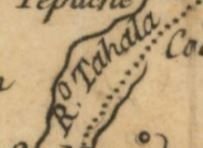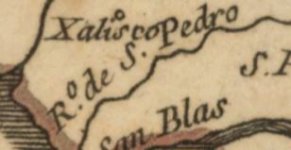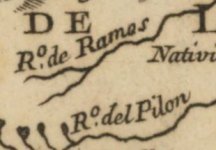Hal Croves
Silver Member
- Sep 25, 2010
- 2,659
- 2,699
The symbols that I point out are not shown on your version.
I wonder which is the initial map and which has been edited?
Either way, something has been added or removed.
In a location that seems related to the topic.












